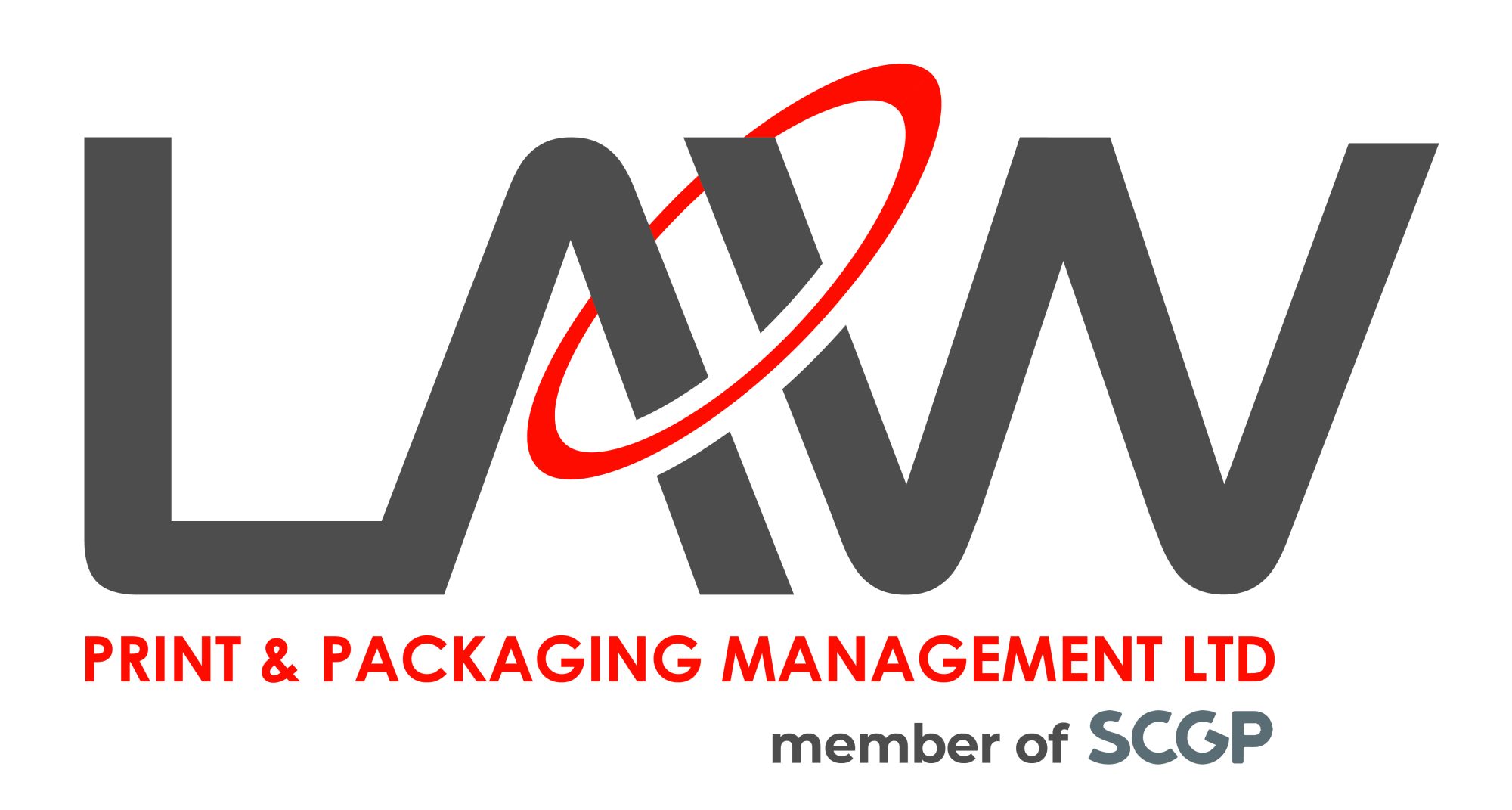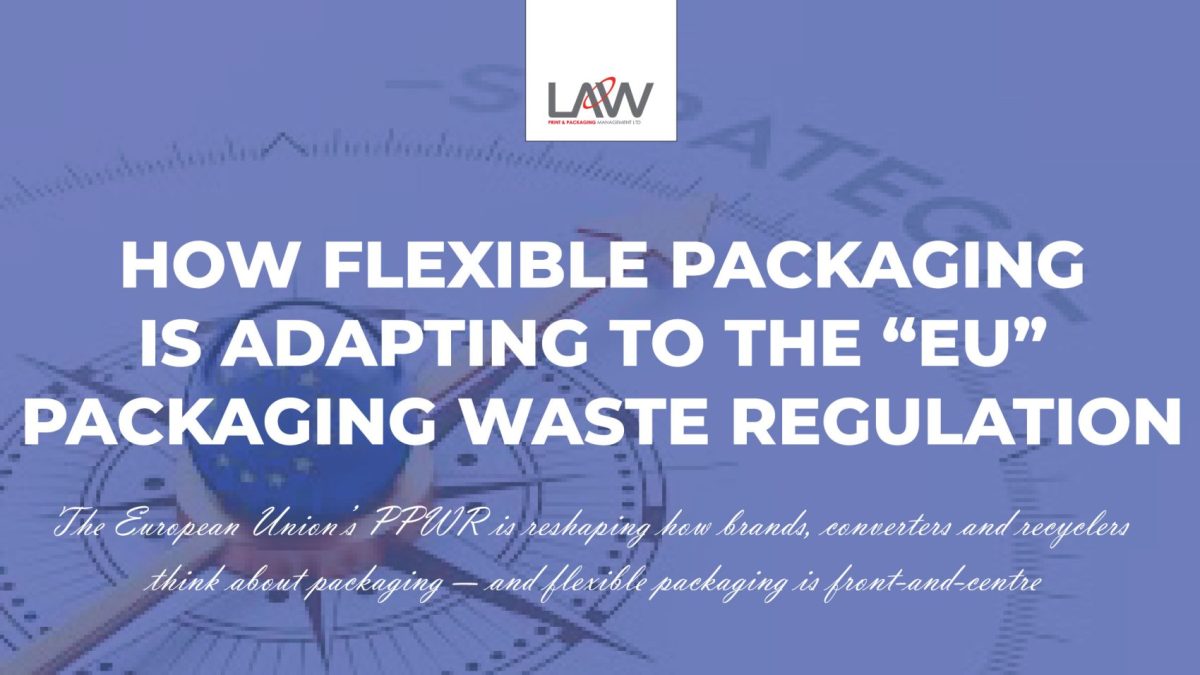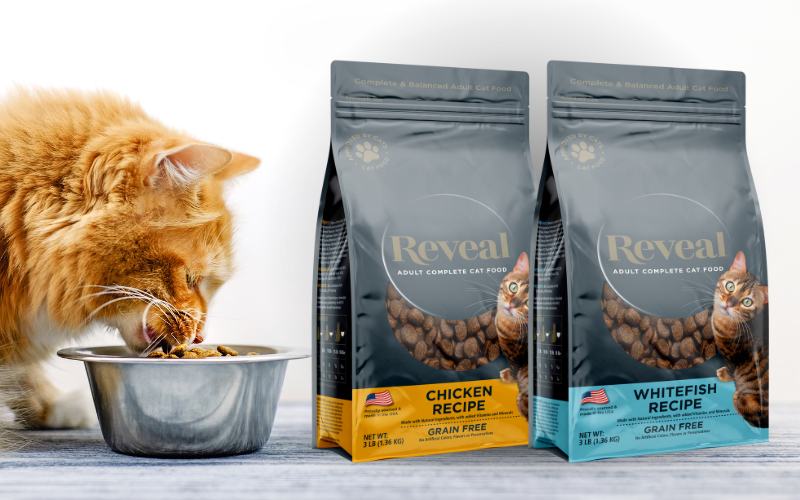The European Union’s Packaging and Packaging Waste Regulation (PPWR) is reshaping how brands, converters and recyclers think about packaging — and flexible packaging (films, pouches, sachets, laminates) is front-and-centre.
Below we explain the regulation’s most important requirements for flexible formats, what they mean in practice, and pragmatic design-and-business choices companies are making now to stay compliant and future-proof packaging portfolios.
Quick Essential Timeline
-
Entered into force: 11 February 2025
-
General application (start of phased obligations): 18 months after entry into force → 11 August 2026
-
All packaging must be recyclable by: 2030 (strong requirement within the PPWR)
-
“Recyclable in practice and at scale” target: further expectations (and secondary legislation/criteria) push recyclability to be demonstrable at industrial scale by later milestones such as 2035 for some measures
What the PPWR Requires that Matters for Flexible Packaging
-
Recyclability by 2030: every packaging format must meet recyclability requirements and design-for-recycling criteria that will be detailed in secondary legislation. This is a core PPWR target and will determine whether many existing multi-material flexible laminates are permitted in the EU market in their current form
-
Design-for-recycling criteria & harmonization: the regulation creates harmonized criteria and grading systems (and influences Extended Producer Responsibility — EPR — fees) so packaging design choices will affect fees and market access
-
Reuse and reduction targets: PPWR sets reuse/refill targets for certain sectors and caps on “excess” packaging space; brands must consider reuse systems and right-sizing.
-
Restrictions on hazardous additives (e.g., PFAS in food contact): the law moves to limit problematic substances in packaging materials, affecting barrier/additive choices
-
“Recyclable in practice and at scale” (infrastructure reality): it isn’t enough to be technically recyclable in the lab — packaging must be recyclable using existing or reasonably foreseeable sorting/recycling infrastructure across the single market
Why Flexible Packaging is Uniquely Challenged
Flexible packaging is hugely valuable — lightweight, protection-efficient, great shelf-life — but the industry historically relies on multi-material laminates (e.g., PET/ALU/PE, PA/PE, EVOH-containing structures) to achieve barrier, print and seal properties. Those same multi-material constructions are typically hard to recycle mechanically, because layers of different polymers and aluminum/barriers are difficult to separate and contaminate recycling streams.
Under PPWR’s 2030 recyclability mandate, many legacy laminates will either need to be:
-
redesigned to recyclable mono-materials, or
-
replaced by recycling-compatible barrier technologies, or
-
justified by reuse systems or — in some cases — rely on advanced recycling routes where allowed and verified
Each approach has trade-offs for shelf-life, cost and processability; we cover practical routes below.
Practical Redesign Strategies for Flexible Packaging (what Converters & Brands are actually doing)
1) Move to mono-polymer structures where possible — especially mono-PE and mono-PP
-
Why: PE and PP mono-structures are widely mechanically recyclable today. Many converters are shifting to PE-based mono-layers or PE-based recyclable laminates for pouches, stand-ups and flow-wrap
-
Trade-offs: may need redesign of barrier performance (use thicker films, EVOH alternatives, or new coatings). Testing for shelf-life and seal integrity is essential.
2) Use PE/PP-based compatible barrier solutions rather than aluminum or mixed polymer barriers
-
Options: high-barrier PE co-extrusions, barrier coatings compatible with the recycling stream, or laminated structures where all plastics are PE/PE-compatible
-
Caveat: not every food application allows all barrier substitutions — AB testing and regulatory food-contact approval remain necessary
3) Eliminate or replace problematic additives (PFAS, difficult inks/adhesives)
-
Why: PPWR and related measures are tightening rules on “forever chemicals” and food-contact additives that compromise recycling. Switching adhesives and inks to recycling-friendly chemistries both improves recyclability and can reduce EPR fees
4) Design for collection & sorting: contrast, labels, and labelling of material
-
What helps: consistent material labelling, minimizing multi-material labels, and using adhesives/inks that don’t foul sorting sensors. Clear on-pack recycling instructions aligned with EU guidance will be required
5) Where mono-material isn’t possible: plan for advanced recycling pathways (carefully)
-
Advanced (chemical) recycling can convert mixed or contaminated plastics back into feedstock — useful for difficult laminates — but the PPWR emphasizes recyclability in practice and at scale and prioritizes high-quality closed-loop mechanical recycling where possible. Use advanced recycling as a complement, not an excuse to avoid design-for-recycling
6) Reuse and refill options
-
For formats where reuse makes sense (e.g., larger pouches, detergents, liquid foodservice), pilot refill systems or reuse kiosks to meet reuse targets can be effective — but they require supply-chain redesign and consumer engagement
Business & Compliance Moves: Beyond Material Choices
-
EPR strategy: EPR fees under PPWR will be linked to recyclability performance grades; better-designed packaging can lower fees. Brands should map fees against packaging formats and prioritize redesign where ROI is strongest
-
Portfolio audit: run a packaging portfolio audit — quantify share of flexible formats at risk (non-recyclable laminates), identify high-volume SKUs to prioritize for redesign
-
Testing & certification: start recyclability testing now (industry labs, recyclers and design-for-recycling protocols) so you’re not caught out by the 2030 deadline
-
Supply-chain collaboration: converters, closure suppliers, ink houses and recyclers must co-design solutions; long-term supplier agreements help secure recycled content and compatible materials
-
Consumer communication & labelling: align on harmonised on-pack recycling information and be ready for any traceability/marking measures that arise from secondary legislation
Practical Checklist for Flexible Packaging Teams
-
Map every flexible SKU (volume, material, barrier, adhesive, inks, food-contact status)
-
Classify each SKU: likely-compliant (mono-PE/PP), borderline (co-extruded but recyclable), non-compliant (multi-polymer/metal layer)
-
Prioritise top-volume and high-fee SKUs for redesign
-
Run recyclability testing (mechanical; if necessary, validated advanced recycling pathways)
-
Engage EPR bodies / recyclers early — understand how fees will be calculated and what recyclability grades mean for your products
-
Pilot mono-material alternatives and measure shelf-life, costs and consumer acceptance
-
Document decisions (materials, testing data, supplier certificates) — keep evidence for compliance and EPR optimisation
A Nudge Toward Action
PPWR’s aims are ambitious — reducing packaging waste, banning certain single-use items, restricting problematic additives, and making recyclability measurable across the single market. For flexible packaging, the change is both a challenge and an opportunity: those who redesign early for mono-materials, invest in testing, and engage with recyclers and EPR systems will gain regulatory certainty, potentially lower fees, and stronger sustainability credentials.
Looking to invest in sustainable packaging? We’ll support you every step of the way — from strategy to implementation. Along the journey, we’ll offer tailored recommendations to boost efficiency, lower costs, and unlock added value in your final product.
Contact us on +44 (0) 161 440 7302. Alternatively, follow this link to complete our contact form.


